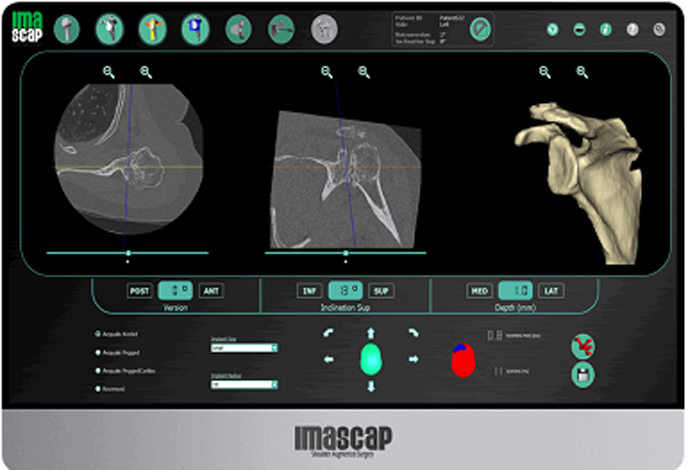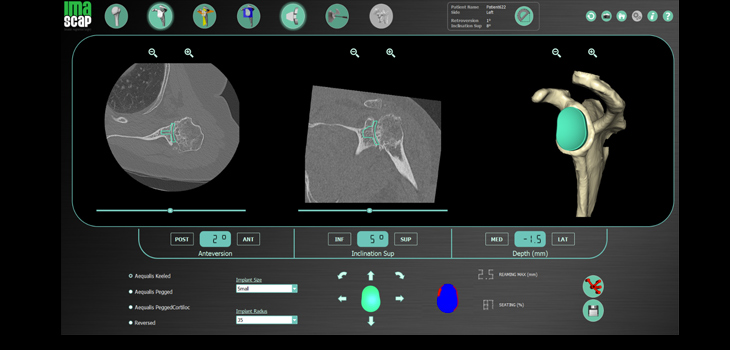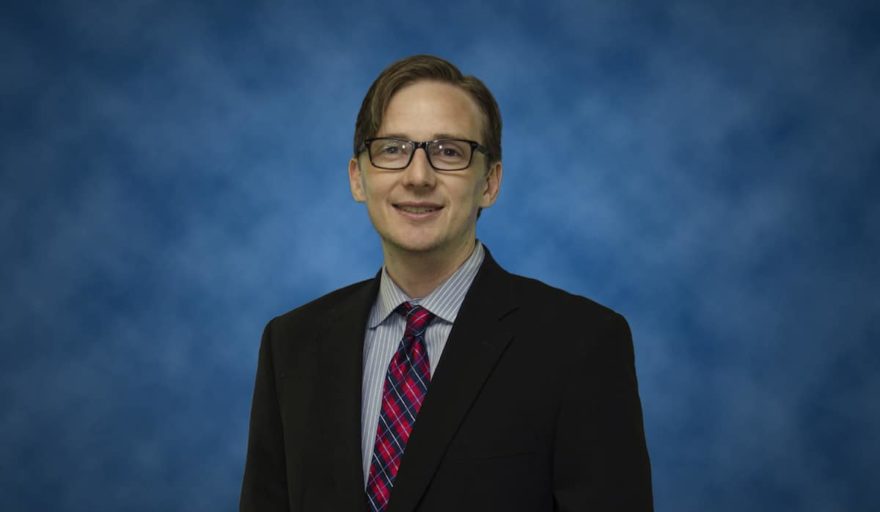SAN DIEGO, CA–(Marketwired – December 29, 2016) – NuVasive, Inc. (NUVA), a leading medical device company focused on transforming spine surgery with minimally disruptive, procedurally-integrated solutions, today announced it received approval for instruments used in the eXtreme Lateral Interbody Fusion (XLIF®) procedure by the Japanese Ministry of Health, Labour and Welfare (MHLW).
Recent guidance from the MHLW requires dilators and associated components used in lateral access spine surgical procedures to be classified in Japan as Class III medical devices. NuVasive’s dilator, which is used in XLIF procedures, was originally approved in Japan as a Class II device in August 2011 with additional sizes approved in January 2014. As previously disclosed, NuVasive submitted its dilator and associated components for reclassification as Class III medical devices, and surgeons had temporarily stopped performing XLIF procedures in Japan while the reclassification was pending.
With this approval from the MHLW, XLIF procedures in Japan will resume in the first quarter of 2017. In connection with the MHLW approval, NuVasive has agreed to provide additional training for surgeons with limited experience in XLIF and ensure that procedures are conducted at approved hospitals.
“We’ve worked diligently with the MHLW in obtaining the reclassified clearance for our dilators in Japan,” said Jason Hannon, NuVasive’s president and chief operating officer. “Over 150,000 patients have been treated with XLIF around the world, of which 5,000 operations have taken place in Japan since 2013. As the industry leader in lateral procedures, we take our leadership responsibility seriously and have worked diligently with the MHLW to make XLIF available in Japan again. We thank the MHLW and our surgeon partners in Japan for supporting our efforts in keeping industry-leading innovation available to patients in need.”
XLIF is a minimally invasive surgical (MIS) procedure performed through the side of the body, utilizing proprietary neuromonitoring and an integrated portfolio of instruments and specialized implants for treating a range of spinal pathologies. There are over 350 peer-reviewed global journal articles reporting on the XLIF procedure over the last 11 years, which detail the positive outcomes and benefits of a lateral approach to the spine compared to traditional posterior and anterior approaches.
The Company intends to provide preliminary guidance for 2017 revenue on January 9, 2017 at the J.P. Morgan Healthcare Conference.
About NuVasive
NuVasive, Inc. (NUVA) is a world leader in minimally invasive, procedurally-integrated spine solutions. From complex spinal deformity to degenerative spinal conditions, NuVasive is transforming spine surgery with innovative technologies designed to deliver reproducible and clinically proven surgical outcomes. NuVasive’s highly differentiated, procedurally-integrated solutions include access instruments, implantable hardware and software systems for surgical planning and reconciliation technology that centers on achieving the global alignment of the spine. With $811 million in revenues (2015), NuVasive has an approximate 2,200 person workforce in more than 40 countries around the world. For more information, please visit www.nuvasive.com.
Forward-Looking Statements
NuVasive cautions you that statements included in this news release that are not a description of historical facts are forward-looking statements that involve risks, uncertainties, assumptions and other factors which, if they do not materialize or prove correct, could cause NuVasive’s results to differ materially from historical results or those expressed or implied by such forward-looking statements. The potential risks and uncertainties which contribute to the uncertain nature of these statements include, among others, risks associated with acceptance of the Company’s surgical products and procedures by spine surgeons, development and acceptance of new products or product enhancements, clinical and statistical verification of the benefits achieved via the use of NuVasive’s products (including the iGA™ platform), the Company’s ability to effectually manage inventory as it continues to release new products, its ability to recruit and retain management and key personnel, and the other risks and uncertainties described in NuVasive’s news releases and periodic filings with the Securities and Exchange Commission. NuVasive’s public filings with the Securities and Exchange Commission are available at www.sec.gov. NuVasive assumes no obligation to update any forward-looking statement to reflect events or circumstances arising after the date on which it was made.










